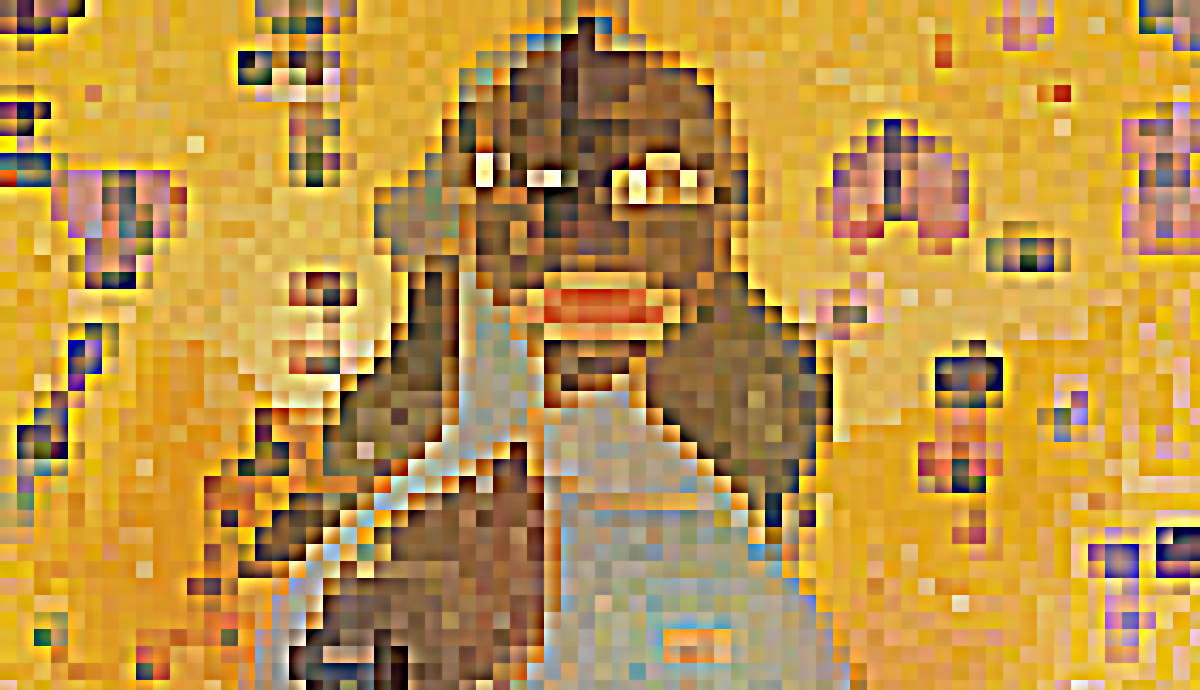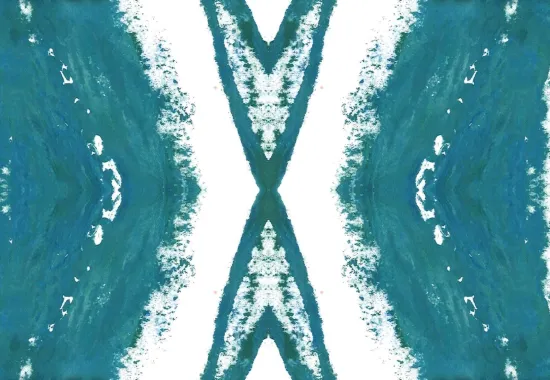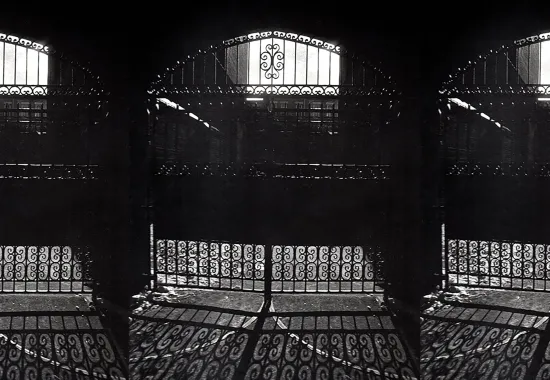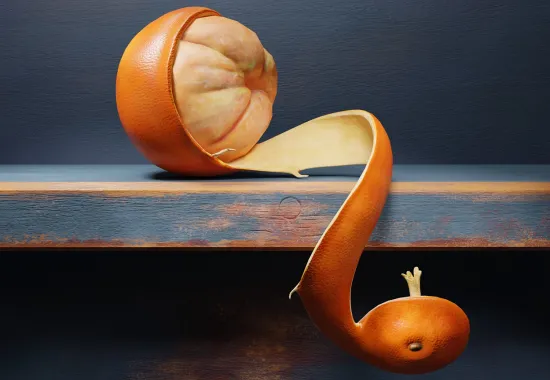Containing Multitudes: A Review of The Fabulous Ekphrastic Fantastic by Miah Jeffra
In these twenty-seven pieces, Miah Jeffra is deliberately queering genre: playing with the forms of poetry, essay and journalism to come up with something new and hybrid. In animal breeding the term hybrid vigor describes the ways in which the best qualities of different bloodlines can all be amplified when cross-bred. This is what Jeffra does successfully here.
“Denotion/connotation” is a key piece, set specifically in time in 2000 and taking place in The Brooklyn Museum of Art. The author describes an epiphanous moment in his life and in history by describing his response to the infamous elephant dung Mary painting by Chris Ofili. This piece is ekphrasis—in that it is writing in response to a visual art piece—and is also an exposition of the awakening of a queer perspective. Miah utilizes the poetic technique of judicious repetition of lines in an incantatory manner, infusing the writing with a biblical, psalm-like feeling.
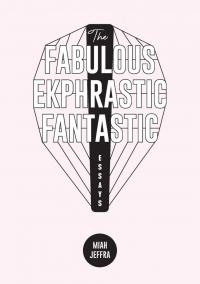 Jeffra’s writing calls to mind that of Pauline Kael, the former New Yorker film critic. Rather than a film critic, Kael was an expert essayist. She started off with a film review but took long, discursive forays into history, biography and society always to return to her starting point. None of it was random: it was as if the end point was always there as a starting point and we readers had to follow her mind to get there. Jeffra does the same thing. “Latitudes,” a snapshot of Mama driving, radiates out to various tangents: tragic love life; the need to flee the nest; American working-class life; limited and painful love and relationships of varying types. All this in a couple of pages of ekphrastic writing to a family photograph. Good poetry and essayistic writing works on two or three levels: this works on seven, very economically.
Jeffra’s writing calls to mind that of Pauline Kael, the former New Yorker film critic. Rather than a film critic, Kael was an expert essayist. She started off with a film review but took long, discursive forays into history, biography and society always to return to her starting point. None of it was random: it was as if the end point was always there as a starting point and we readers had to follow her mind to get there. Jeffra does the same thing. “Latitudes,” a snapshot of Mama driving, radiates out to various tangents: tragic love life; the need to flee the nest; American working-class life; limited and painful love and relationships of varying types. All this in a couple of pages of ekphrastic writing to a family photograph. Good poetry and essayistic writing works on two or three levels: this works on seven, very economically.
Pop culture is the breeding ground for Jeffra’s fertile imagination and he references Madonna’s hit “Holiday,” going back and forth in time to a troubled, military-base childhood in Hawaii guest-starring a farting Santa Claus. He riffs on the musical Hedwig and the Angry Inch to deliver a stunning treatise of multiple gender expressions around the world and through history. In “Make Sure to See the Exit Door”—a heartfelt letter to the artist Keith Haring—Jeffra discusses the performance of sexual expression and the politics of gay life.
These twenty-seven hybrid-genre pieces contain within them multitudes.


